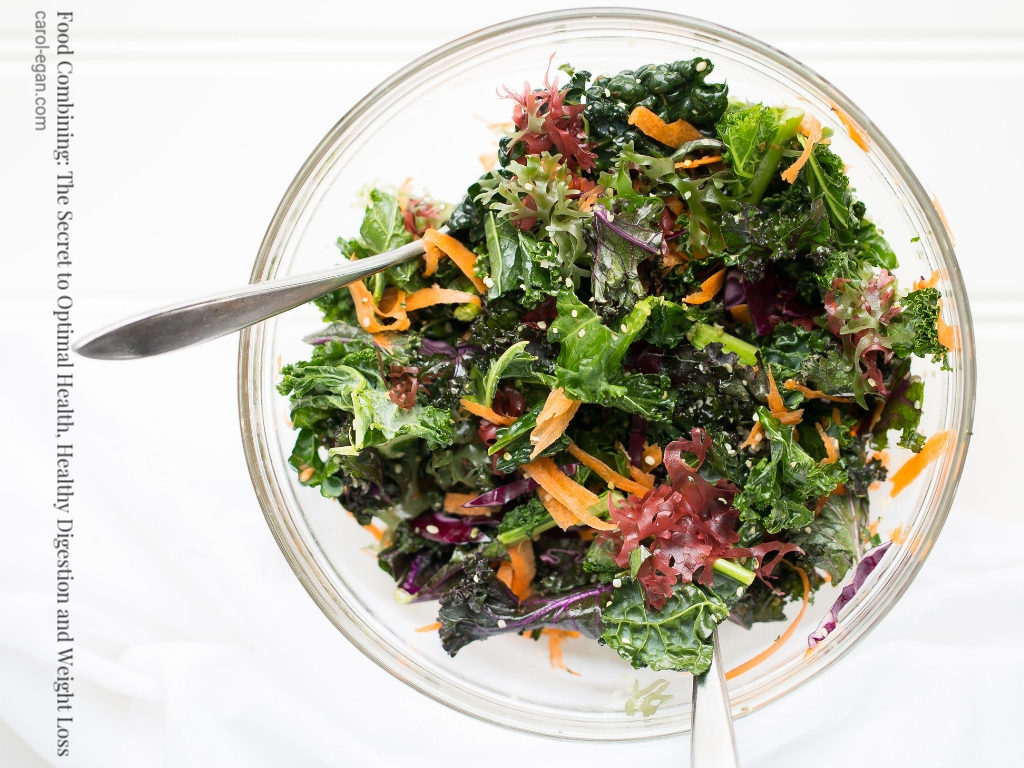 When growing up, my grandfather would bring a roast beef for my Mom to cook every Sunday. And in our Irish American home, of course mashed potatoes and gravy were a given. Roast beef, mashed potatoes and gravy were always our slated Sunday family tradition, a tradition laced with love and the sweetest of memories. I remember at a very young age laughing with my grandfather as he would swing me in the air and run around with me and my brothers in the back yard, after our family dinner.
When growing up, my grandfather would bring a roast beef for my Mom to cook every Sunday. And in our Irish American home, of course mashed potatoes and gravy were a given. Roast beef, mashed potatoes and gravy were always our slated Sunday family tradition, a tradition laced with love and the sweetest of memories. I remember at a very young age laughing with my grandfather as he would swing me in the air and run around with me and my brothers in the back yard, after our family dinner.
How about you? What were you’re family traditions? Salmon and lox? Biscuits and brisket? Pasta and meatballs? Barbecue and grits? Rice and beans?
Indulge me for one minute and close your eyes. Try to recall a holiday, or a regular week day when you were young, when you and your family would gather together to have dinner and festivity. What memories rise up, what associations do you hold sacred to the meals you had with the people you love?
Food and memory are inextricably linked.
But do you know that food combinations like these traditional classics slow digestion down?
Do you know that carbohydrates, protein and fats each digest at very different rates, and each require different digestive enzymes to break them down, so eating them together is really not good for you?
I can hear you say, “But my family has been eating like this for generations.”
Yes, there might have been a time in history that the inner terrain of the gut was strong enough and healthy enough to break down the meals we know as traditional to our culture. But the modern lifestyle, the Standard American Diet and Fast Food Nation have all undeniably altered and impaired the microflora and inner ecosystem of our gut in ways that we can no longer break down, absorb and assimilate the foods we eat.
Let me ask you, do you struggle with weight loss? Perhaps low energy? Poor mental clarity? Or chronic symptoms?
If you answer yes to any of the above health concerns, then humor me in taking on a healing experiment, for one day, one week… maybe even one month. This experiment I propose is called proper food combining, or “The Quick Exit Strategy.”
For one month put on your “scientist’ hat to study and observe how you feel and how your body responds to combining what you eat in healthier combinations that promote a quick exit.
Food combining and the Quick Exit Strategy are based on the ways the body breaks foods down. It considers the density of the foods you eat, the varying ways the foods you eat break down and the varying ways your body responds with different chemical reactions. It recognizes your body’s need to absorb and assimilate nutrients, not simply eat them, and it also recognizes the consequences of eating in ways that waste matter can’t leave the body in a timely manner, if foods are combined poorly. The back up of waste matter sitting in your body leads to fermentation, yeast overgrowth, bacterial imbalance and a build up of carbonic gas, which correlates directly to your inability to achieve your health goals with lasting results. I can’t overstate this enough.
So let me repeat, we want to eat what we eat in ways that provides maximum energy and nutrition, and efficient elimination. It’s the body’s inability to eliminate toxic waste, that cascades in every detrimental way throughout the body, affecting the overall state of our health.
To begin to promote quick exit meals, I offer you 3 simple food combination rules within The Quick Exit Strategy, as a mighty tool to detox your body, lose weight, increase energy, increase mental clarity and decrease chronic symptoms.
3-Simple Rules of Food Combining: The Quick Exit Strategy
Rule One: Eat low sugar fruits away from all other foods — (lemons, limes, grapefruits, berries and green apples)
Rule Two: Eat protein and vegetables
Rule Three: Eat starches and vegetables
What does proper food combining look like on your plate?
Protein and Vegetables: Whatever your protein source, be it animal protein, beans, dairy or other vegetarian/vegan options, you will eat it with only low-starchy vegetables, like a big salad, sautéed leafy greens, string beans, asparagus or broccoli. Do note, avocado and olives, nuts and seeds are considered protein fats, so combine them according to the protein recommendations.
Starches and Vegetables: With this combination you will eat starchy vegetables like a baked sweet potato, winter squashes, roasted root vegetables, or other starchy choices like quinoa or pasta with low-starchy vegetables, again like above, with a big salad and/or any other low-starchy vegetable of choice.
Since statistics suggest more than 75% of us suffer with chronic digestive problems today, I recommend you experiment with proper food combining and the Quick Exit Strategy.
This recommendation directly addresses the impact of the modern lifestyle on the human body and it’s impact on digestive health, and the natural and biological ways your body thrives. Yes, you’ll have to get to take on and challenge the eating habits you consider normal from your family traditions, but you might discover that you’re able to achieve the health goals you’ve long wanted, and feel amazing again.
Do you have an inquisitive way like a scientist, like me?
Tell me how it works for you in the comments below.
Tell me too, if you try my recommendation, and how it worked for you.
Questions? Post them below. I’d love to help.
** NOTE: If you suffer from chronic health symptoms or chronic health problems, do note that animal protein requires a lot of energy to digest. I recommend you keep your scientist hat on and reduce or eliminate dense, animal protein intake, and even lighter choices like wild-caught fish or raw goat cheese for a healing interim, to see how it adds to your overall sense of wellbeing.






How long does it typically take for your body to adjust?
Typically, Sandi, difficulties only arise in any get-healthy effort when the body is out of balance. But food-combining can be rather easy, compared to other recommendations, because you get to still include lots of foods you love, but just eat them a little bit differently. I think you’ll find this easier than it seems, once you get used to it. 🙂